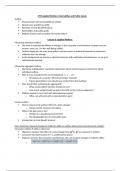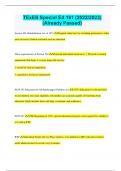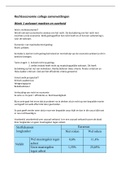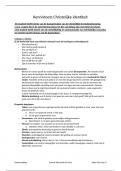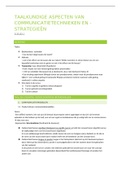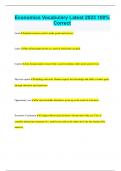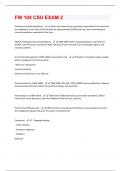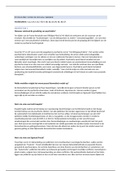Lecture notes
MT3 Applied Welfare, Externalities and Public Goods
- Module
- Institution
These notes were prepared based on the lectures and supplemented by information from textbooks and tutorials where parts of the lecture were unclear. Graphs, equations, and bullet-point explanations included. Prepared by a first class Economics and Management student for the FHS Microeconomics pape...
[Show more]
